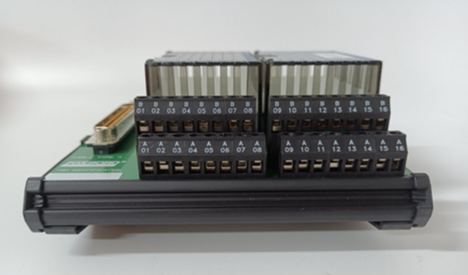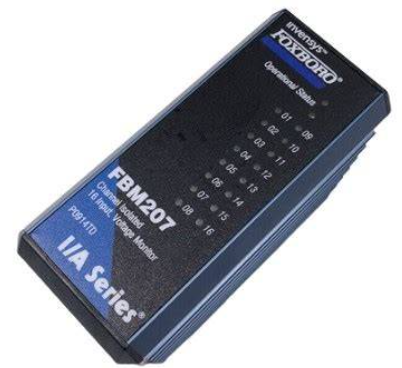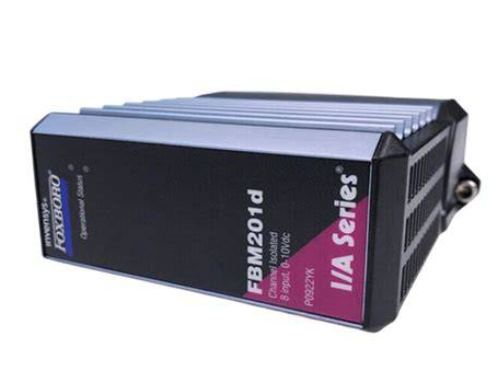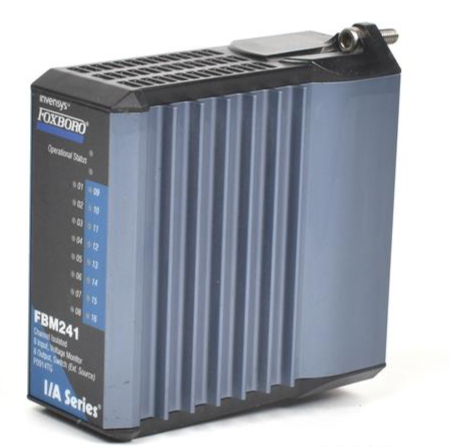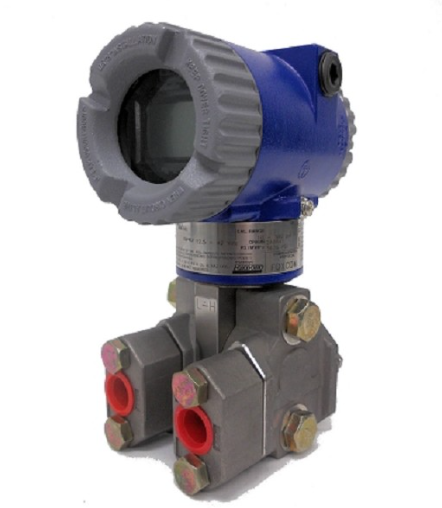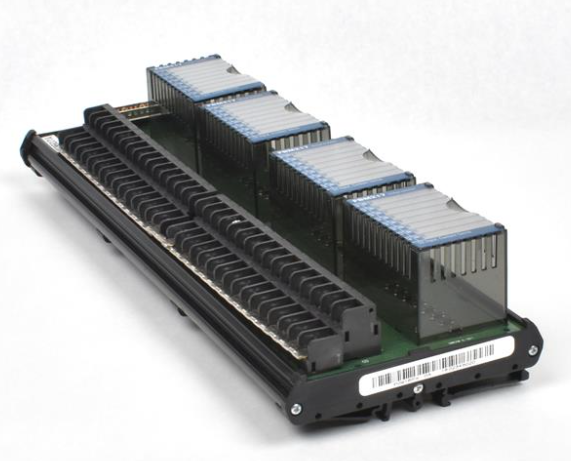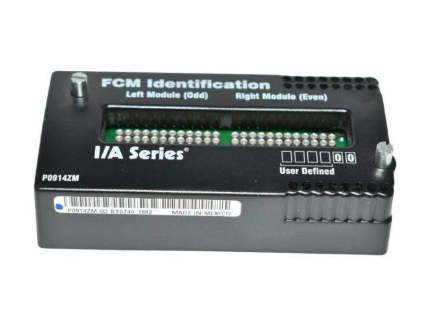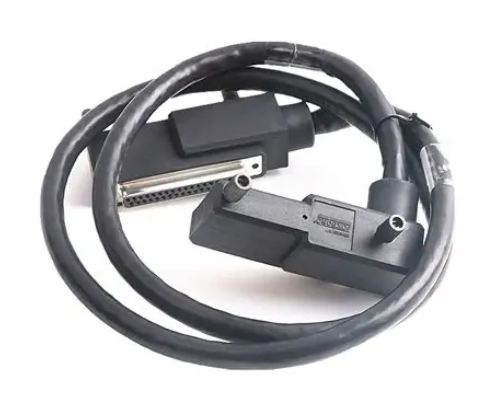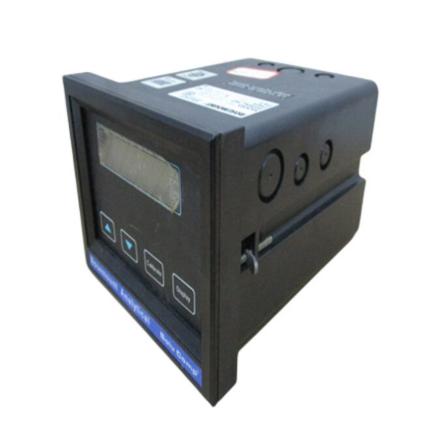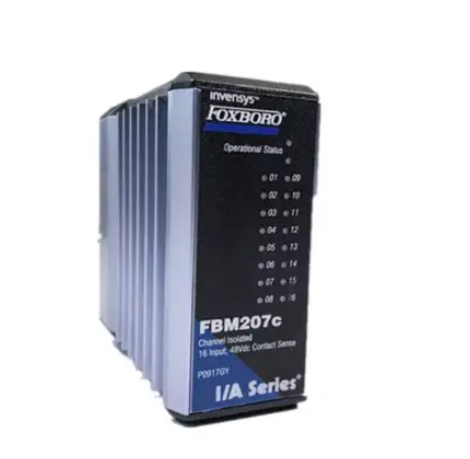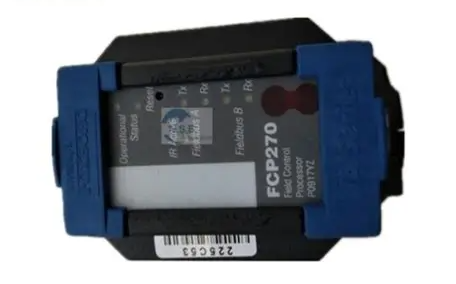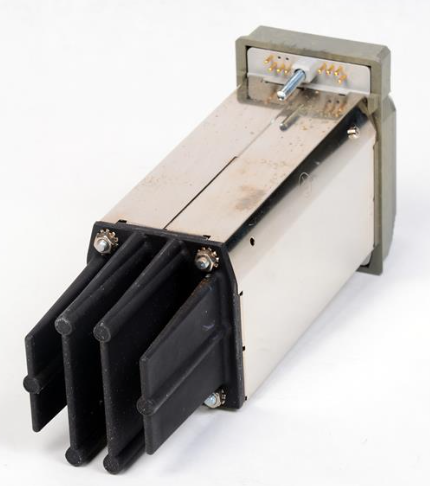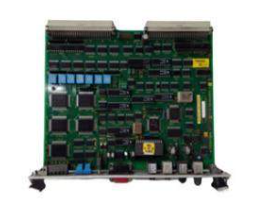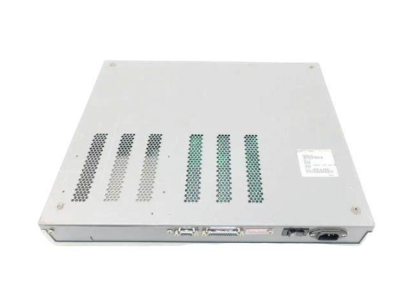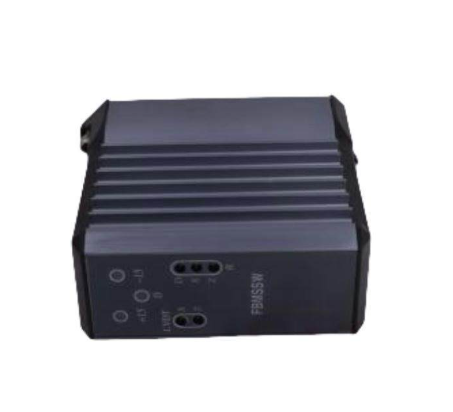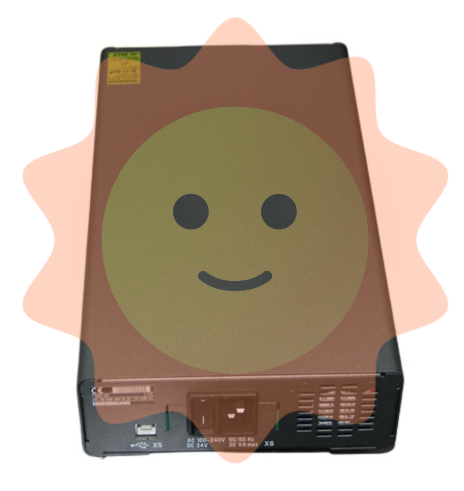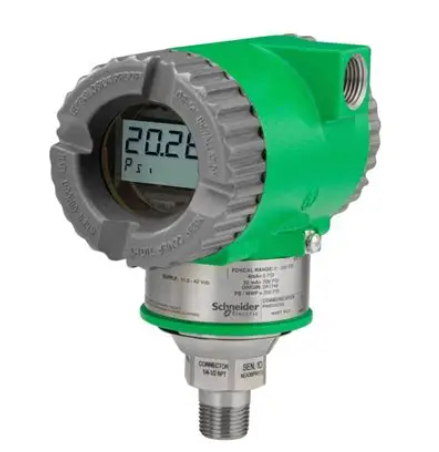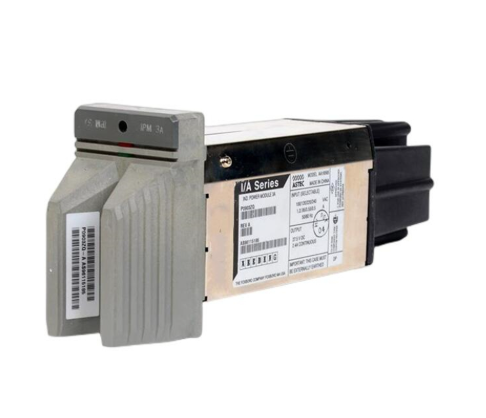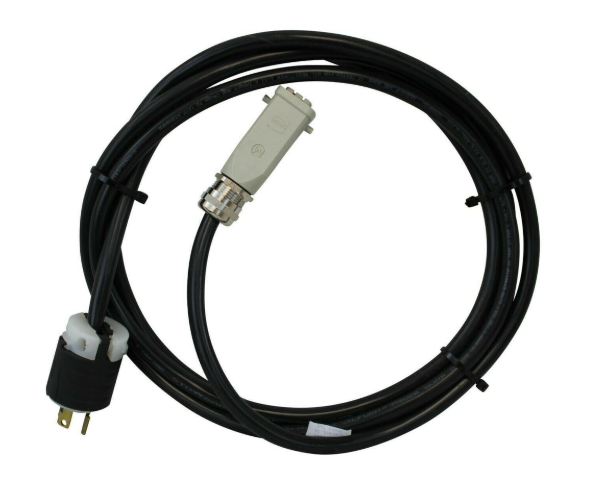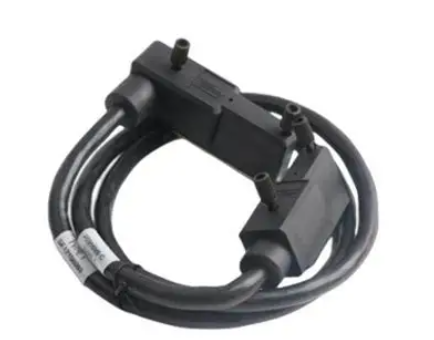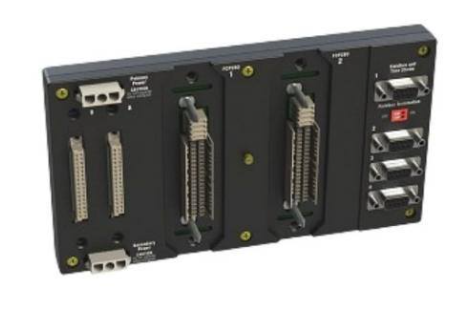How to order Emerson DeltaV Ethernet I/O Card (EIOC)?
Direct connection to Ethernet device network: No intermediate gateway is required, and external Ethernet devices can be directly connected through Modbus TCP, EtherNet/IP, IEC 61850 MMS, OPC UA client, and EtherNet/IP control tag integration protocol. It supports device monitoring and control, operates independently of DeltaV controller, and reduces system complexity.
EtherNet/IP PLC、 Intelligent field devices (IFDs), frequency converters, MCCs, etc. support implicit (Class 1) and explicit (Class 3) communication and are compatible with Class 1/3 I/O adapters; Support Class 3 PCCC and UCMM (with Logix tags) message classes; Redundant communication requires special configuration (refer to the DeltaV System Planning Guide) with 256 devices and 32000 signals
IEC 61850 MMS motor protection relays, motor starters MCC、 Intelligent electronic devices (IEDs) such as switchgear use EIOC as MMS clients to read and write real-time signals; Not supporting historical data reading and GOOSE application. 256 devices, 32000 signals
OPC UA client OPC UA server (third-party device or system) follows OPC UA 1.03 standard, supports Data Access (DA) protocol, and only processes real-time data; Supports 128/256 bit encryption, message signing, and digital certificates (self signing/CA authentication). 64 servers and 30000 signals can be configured for online/offline browsing through NodeSet files
EtherNet/IP control tag integration ControlLogix, CompactLogix and other tag based PLCs access data through tag names based on EtherNet/IP Class 3 messages (without register mapping); Support string signal reading and array reading/writing (up to 64 elements per array, up to 100 arrays per EIOC); Only supports controller scope labels, does not support program labels. 256 devices, 2000 labels (10 signals per label, for a total of 20000 signals)
2. Parallel Redundancy Protocol (PRP)
Function: Ethernet redundancy protocol, primary and backup network ports communicate simultaneously, devices receive the same data through dual paths, zero switching time in case of failure, eliminating redundant network single point failures, suitable for high availability demand scenarios (such as IEC 61850 MMS electrical monitoring).
Usage conditions: The device must have native support for PRP; Non PRP devices need to be connected through RedBox to avoid abnormal diagnostic status; PRP is independent of application protocols and can be used in conjunction with all EIOC supported protocols without the need for additional licenses.
(3) Control module and functional block limitations
Control module capability: A single EIOC can run up to 2000 control modules, supporting basic functional blocks such as alarm detection, AI/AO/DI/DO tag I/O, logical operations, mathematical calculations, timers/counters, etc. The module execution rate can be selected from 100ms-60s.
Function block restrictions:
Supports a limited number of specific functional blocks: 256 DC/EDC/DCC (motor control), 26 PID (analog control), 16 SEQ (stepper), 16 STD (state transition diagram).
Unsupported functions: Batch control, SFC (Sequential Function Diagram), PLM (Process Logic Manager), equipment module, complex control requires PK controller or VIM2 card.
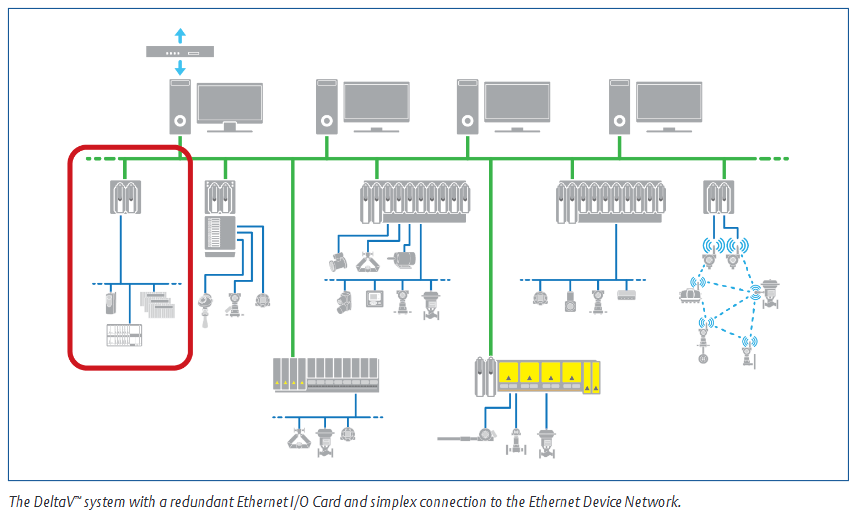
Hardware specifications and compatibility
(1) General Environment and Hardware Specifications
1. General environmental specifications (all components)
Category parameter details
Working temperature -40~70 ° C (-40~158 ° F), long-term high-temperature operation will shorten the service life
Storage temperature -40~85 ° C (-40~185 ° F)
Relative humidity 5%~95% (no condensation)
Protection level IP20
Pollutant level ISA-S71.04-1985 G3 level (with conformal coating)
Anti impact 10g half sine wave (continuous for 11ms)
Vibration 2~13.2Hz (1mm peak to peak), 13.2~150Hz (0.7g)
2. Core hardware dimensions and electrical parameters
Component size/electrical parameters
EIOC card height 13.7cm (5.39 inches), depth 17.4cm (6.85 inches), width 2.9cm; input power supply 24V DC ± 10%, built-in non replaceable fuse
Dual level carrier compatible with horizontal T-shaped DIN rail, Ethernet isolation port spacing of 6.1cm (2.41 inches), protective cover compatible with redundant slots
Ethernet isolation port supports 10/100BASE-TX, RJ45 interface, transmission distance of 100m
(2) System compatibility and certification
Compatibility requirements:
Software version: Modbus TCP/Ethernet/IP/IEC 61850 MMS requires DeltaV v13.3.1 or higher; OPC UA client/EtherNet/IP control tag integration/PRP requires v14. LTS or above.
Controller adaptation: Supports communication with M-series and S-series controllers, and EIOC control module parameters can be called by the controller through external references; Excluding the limit on the number of controller nodes, the system has a maximum of 60 EIOCs.
Network node limitation: The total number of EIOC, remote I/O nodes, CHARM I/O cards (CIOC), and wireless I/O cards (WIOC) shall not exceed 300.
Core certification:
Security certification: CE(EMC EN 61326-1)、FM(3600/3611)、CSA(C22.2 No.213-M1987/1010-1)、ATEX(94/9/EC、EN60079-0/15)、IECEx(IEC60079-0/15)、 Classification certification (IACS E10, ABS, DNV-GL).
Security level: Achilles level 2 (v13.3.1, v14. FP1, except for PRP communication).
Dangerous area: FM/cFM Class I Division 2 (Groups A-D, T4); ATEX/IECEx Zone 2(Ex nA IIC T4 Gc)。
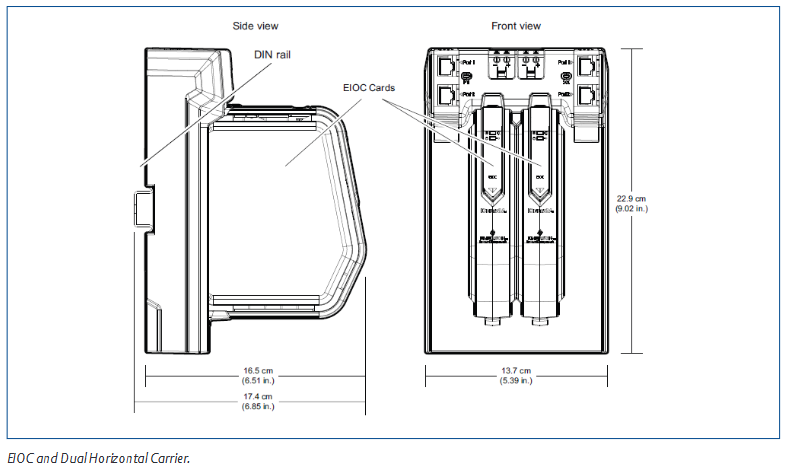
Ordering Information and Preconditions
(1) Core Product Order List (Some Key Models)
Product Category Description Model
EIOC component single redundant EIOC component (including 1 EIOC, dual horizontal carrier, protective cover, 2 Ethernet isolation ports, 2 power plugs) SE4100
- EMERSON
- Honeywell
- CTI
- Rolls-Royce
- General Electric
- Woodward
- Yaskawa
- xYCOM
- Motorola
- Siemens
- Rockwell
- ABB
- B&R
- HIMA
- Construction site
- electricity
- Automobile market
- PLC
- DCS
- Motor drivers
- VSD
- Implications
- cement
- CO2
- CEM
- methane
- Artificial intelligence
- Titanic
- Solar energy
- Hydrogen fuel cell
- Hydrogen and fuel cells
- Hydrogen and oxygen fuel cells
- tyre
- Chemical fiber
- dynamo
- corpuscle
- Pulp and paper
- printing
- fossil
- FANUC
- Food and beverage
- Life science
- Sewage treatment
- Personal care
- electricity
- boats
- infrastructure
- Automobile industry
- metallurgy
- Nuclear power generation
- Geothermal power generation
- Water and wastewater
- Infrastructure construction
- Mine hazard
- steel
- papermaking
- Natural gas industry
- Infrastructure construction
- Power and energy
- Rubber and plastic
- Renewable energy
- pharmacy
- mining
- Plastic industry
- Schneider
- Kongsberg
- NI
- Wind energy
- International petroleum
- International new energy network
- gas
- WATLOW
- ProSoft
- SEW
- wind
- ADVANCED
- Reliance
- YOKOGAWA
- TRICONEX
- FOXBORO
- METSO
- MAN
- Advantest
- ADVANCED
- ALSTOM
- Control Wave
- AB
- AMAT
- STUDER
- KONGSBERG
- MOTOROLA
- DANAHER MOTION
- Bently
- Galil
- EATON
- MOLEX
- Triconex
- DEIF
- B&W
- ZYGO
- Aerotech
- DANFOSS
- KOLLMORGEN
- Beijer
- Endress+Hauser
- MOOG
- KB
- Moxa
- Rexroth
- YAMAHA
- Johnson
- Westinghouse
- WAGO
- TOSHIBA
- TEKTRONIX
- BENDER
- BMCM
- SMC


Email:wang@kongjiangauto.com
































































